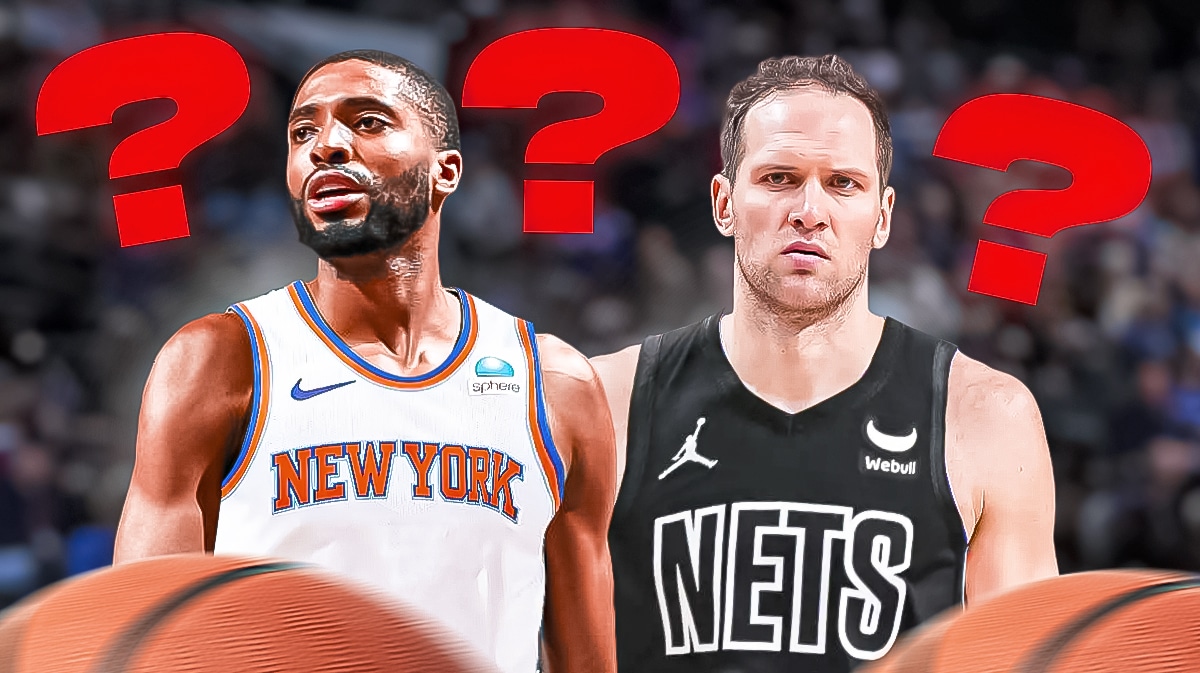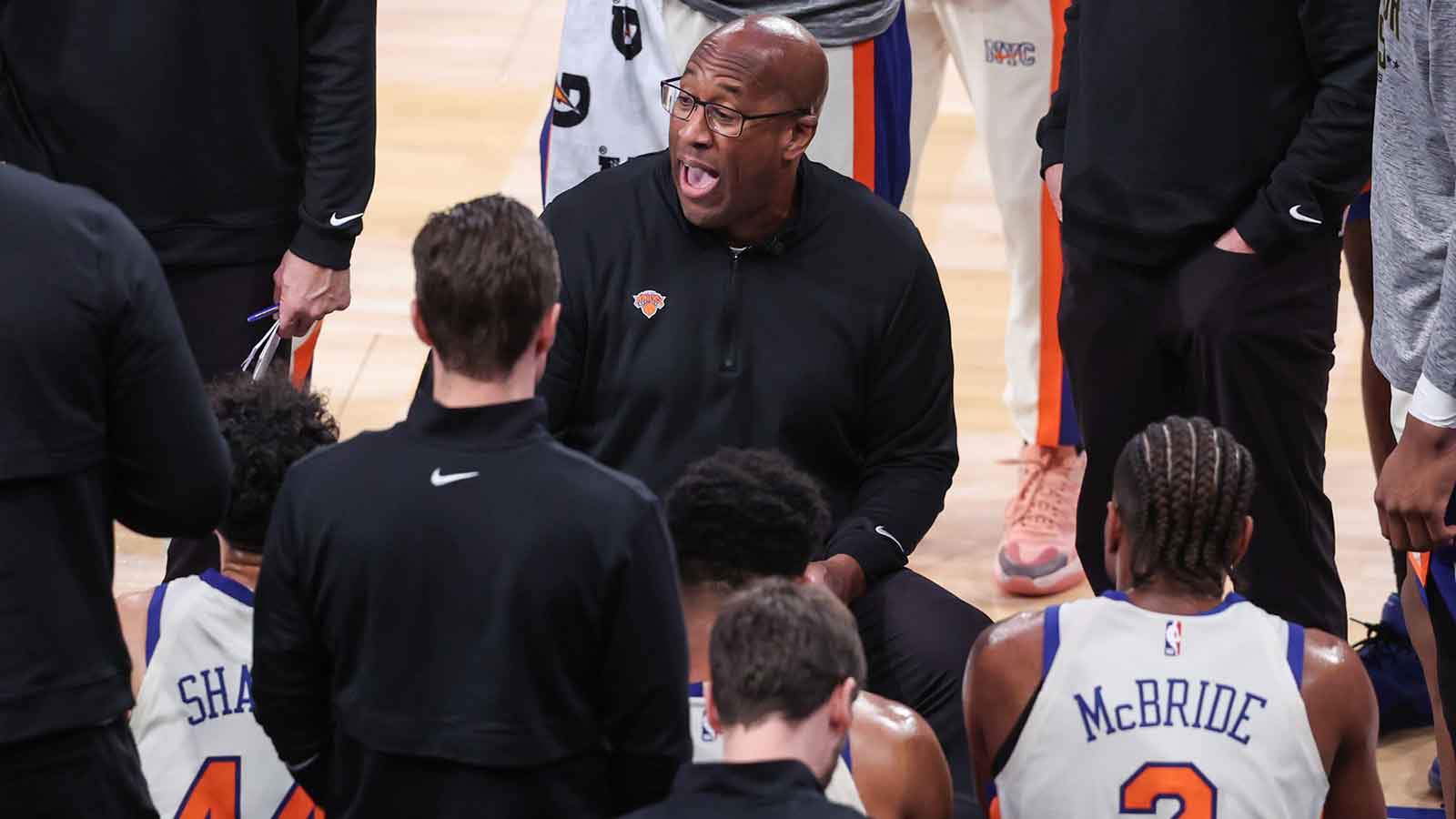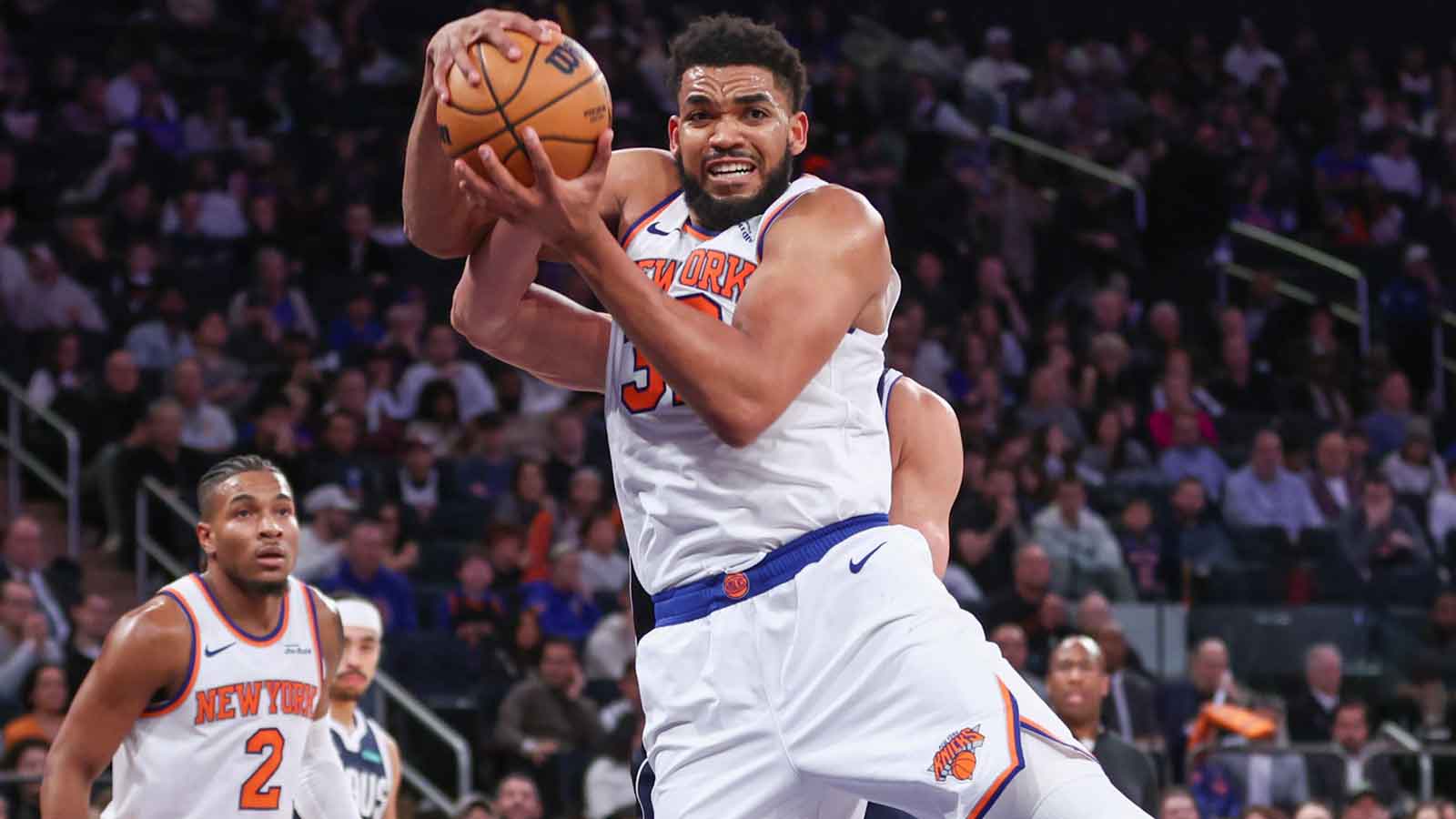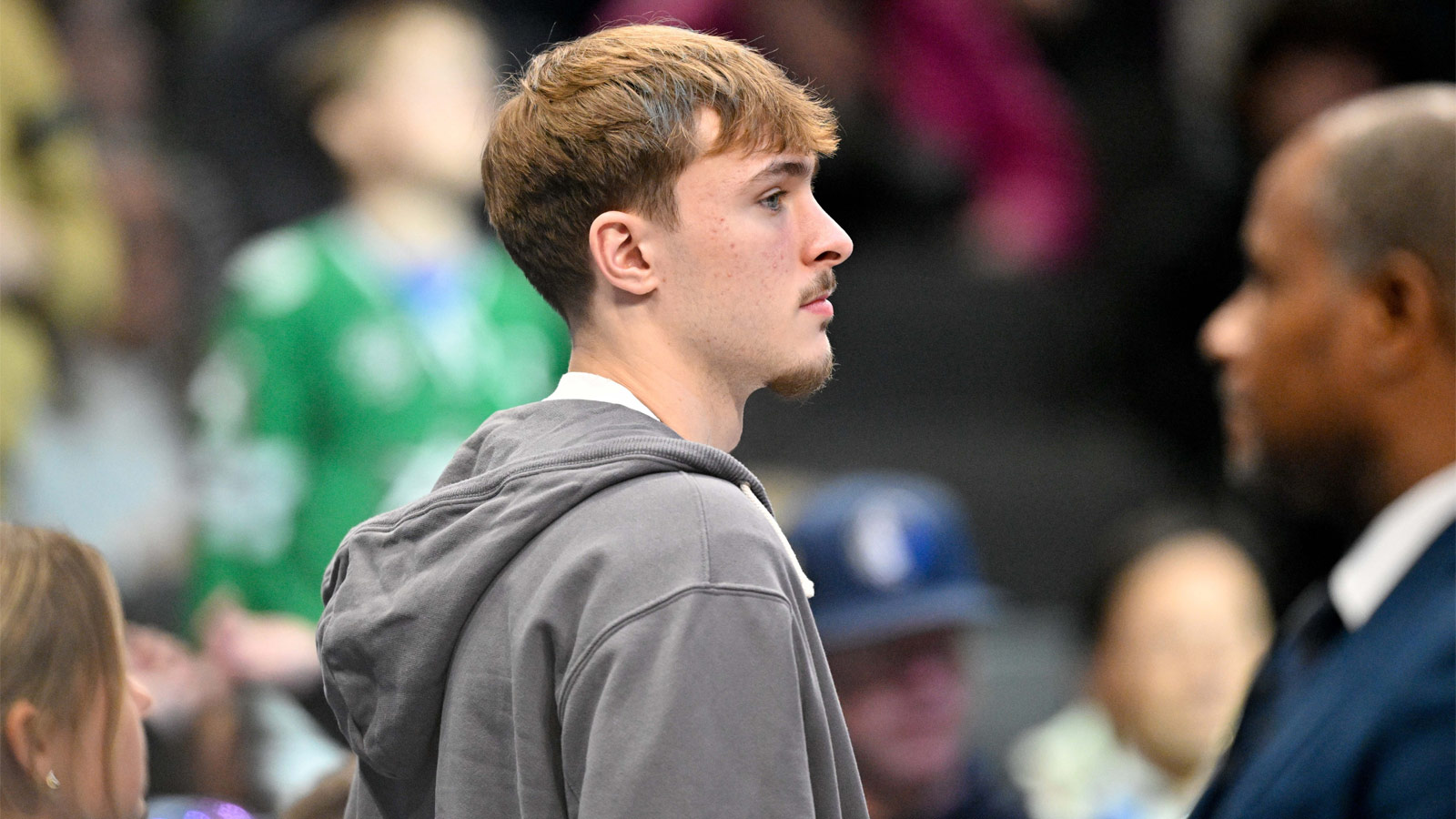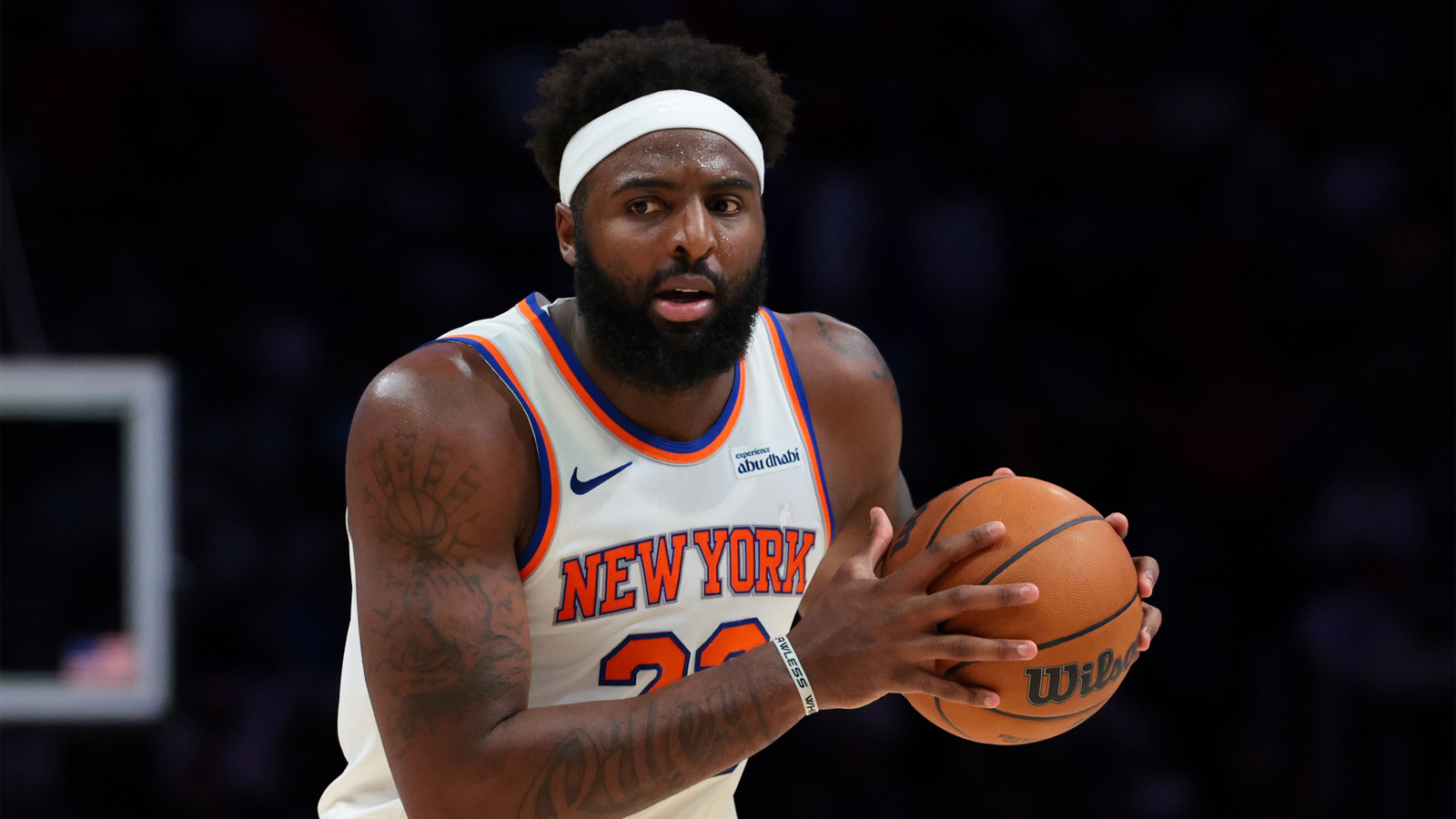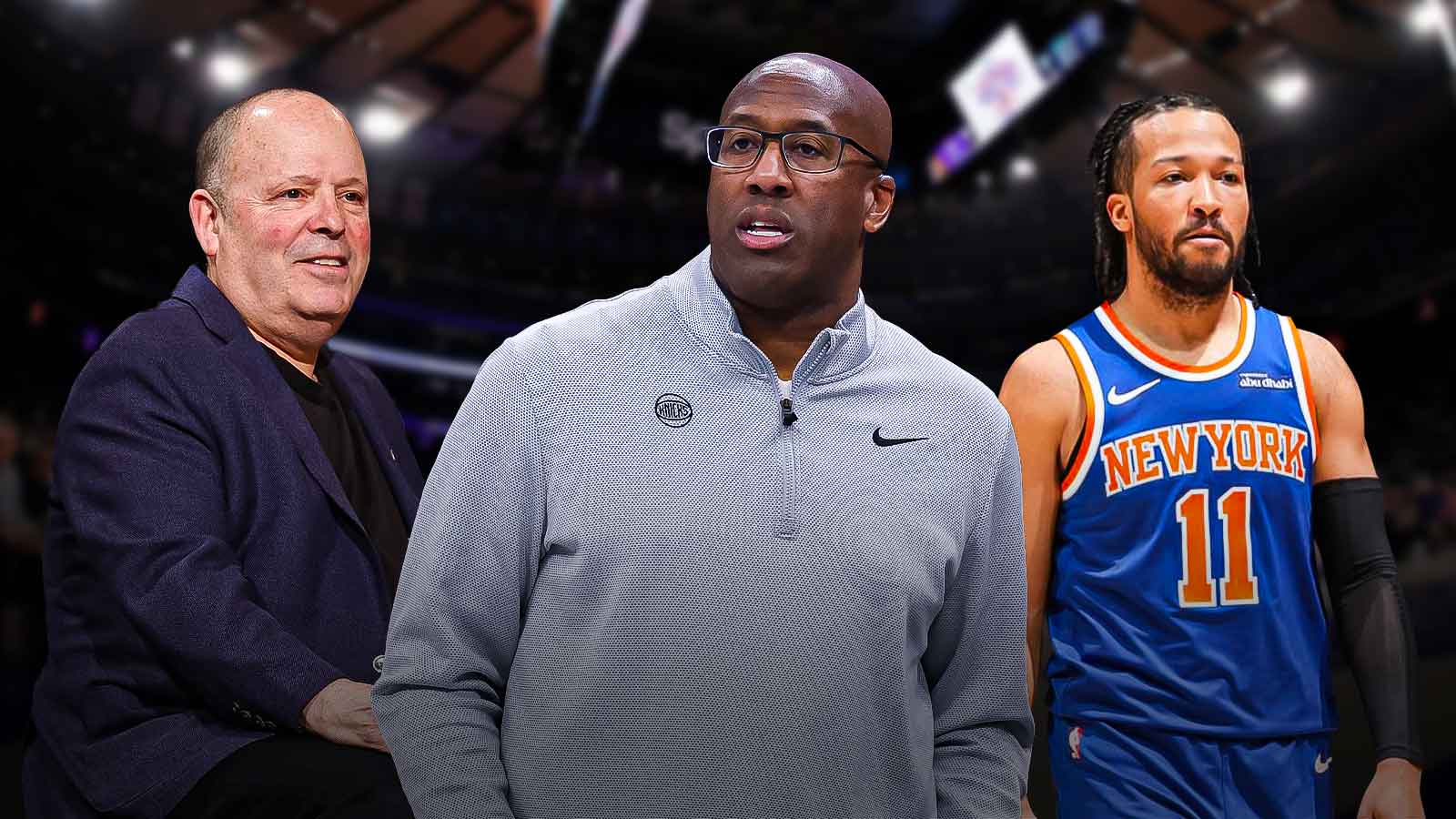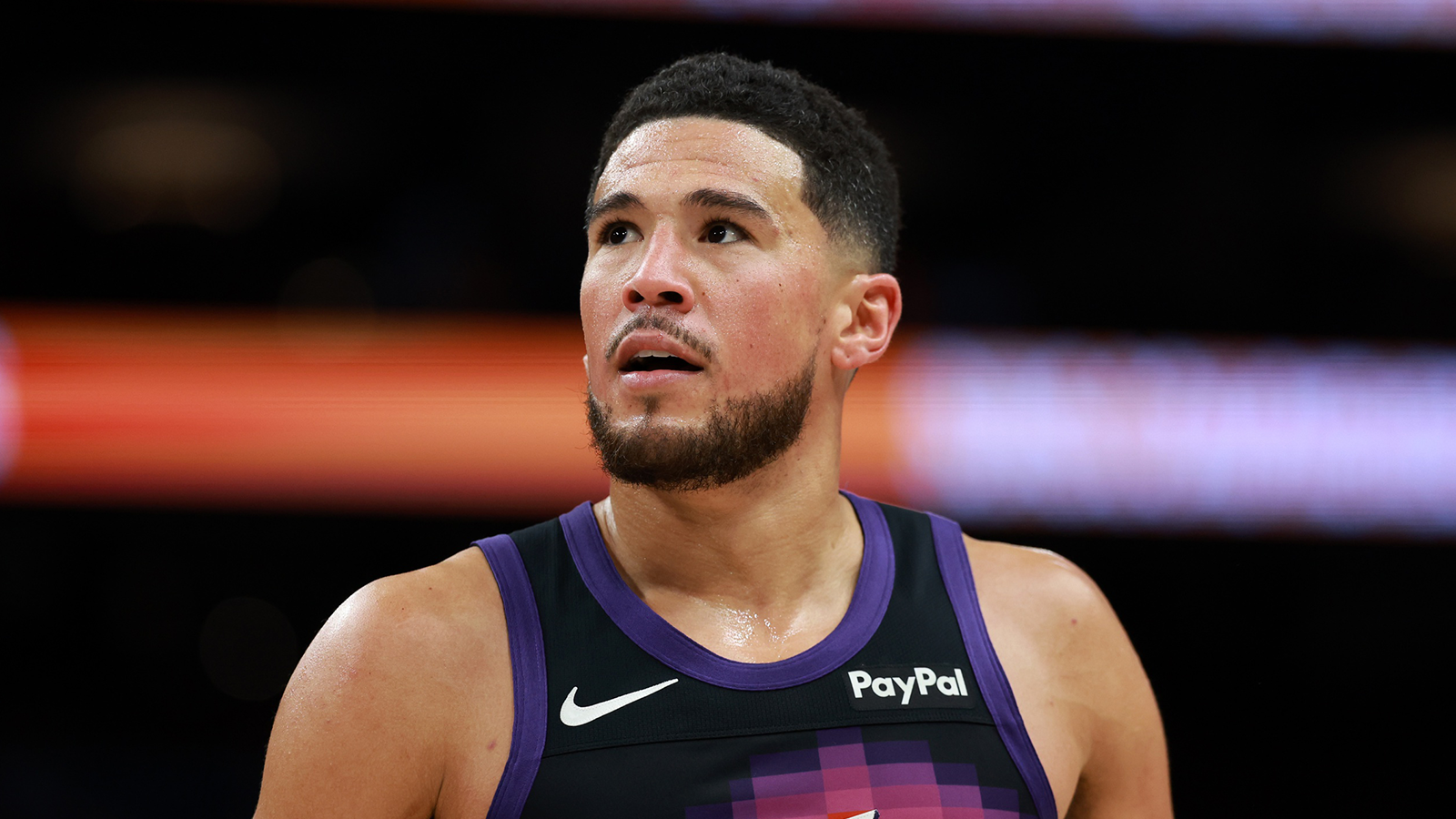It's been over five days since the Mikal Bridges blockbuster trade between the New York Knicks and Brooklyn Nets shocked the NBA. Yet, it has not been officially announced. While both teams have agreed on the bulk of the deal, New York's end may not be complete.
Teams are scrambling to fill out their rosters this offseason within the constraints of the new collective bargaining agreement. One clause has the Knicks in a financial pinch: If a team receives more money in a trade than it sends out, it becomes hard-capped at the first apron, a threshold $7 million above the luxury tax line. In other words, if the Knicks trade only Bojan Bogdanović ($19 million) for Bridges ($23.3 million), their payroll cannot exceed the first apron ($178 million).
One day after the Bridges trade, New York signed OG Anunoby to a four-year, $212 million deal. Including Anunoby's projected salary, New York is $9 million below the first apron with four open roster spots, according to ESPN's Bobby Marks. If they go through with the Bridges trade as reported, they will be limited to minimum signings to fill out the team.
If the Knicks hope to avoid this, they must make up the difference between Bridges and Bogdanović's salary, which is $4.27 million. Doing so would allow them to spend up to the second apron ($189 million), freeing up an additional $11 million.
Why avoiding the first apron has gained importance for the Knicks
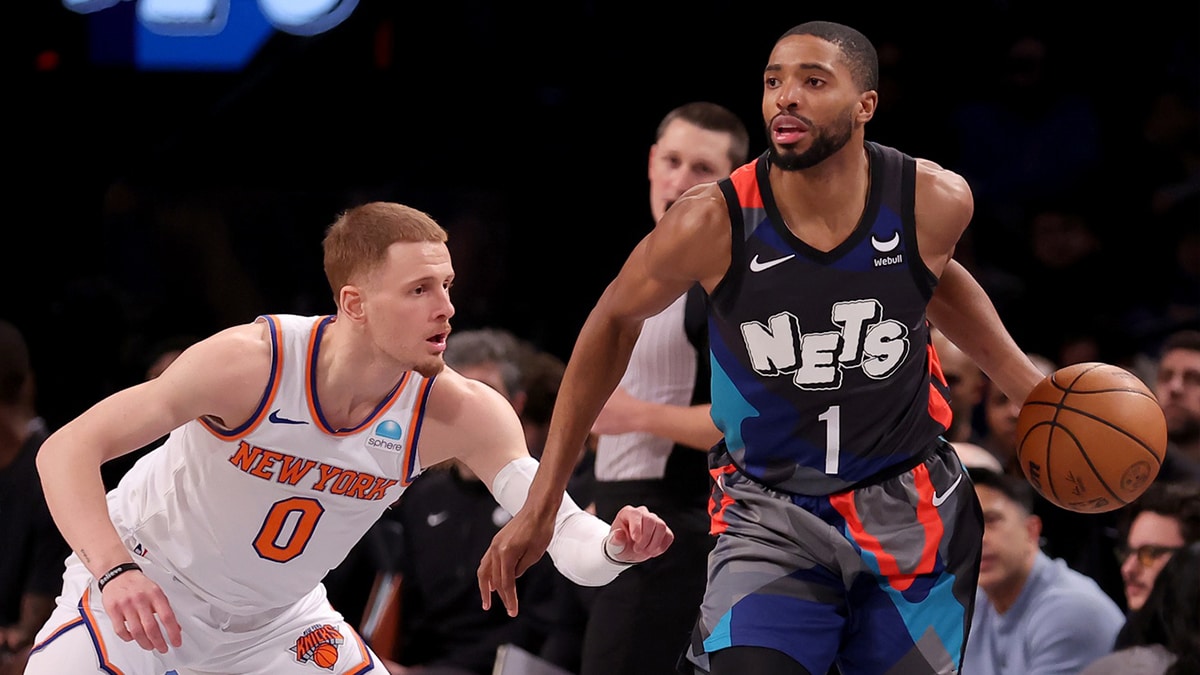
Gaining that additional flexibility became more critical Monday after New York lost free-agent center Isaiah Hartenstein to the Oklahoma City Thunder. If the Knicks can exceed the first apron, they will have access to the $5.2 million taxpayer mid-level exception in free agency. They also have a $6.8 million trade exception, which they can use to acquire a player without sending out any salary.
New York did not extend a qualifying offer to center Precious Achiuwa before Saturday's deadline, making him an unrestricted free agent. The additional flexibility above the first apron would also allow them to spend to retain him if they choose.
However, another CBA wrinkle further complicates the trade for the Knicks: They cannot stack minimum contracts to make up the difference between Bridges and Bogdanović's salaries. The rule has led to speculation that Miles McBride, whose $4.7 million salary alone would satisfy the difference, will be the player added to the deal.
What are New York's options to complete the trade?
The Knicks could send McBride to Brooklyn with Bogdanović. However, with the 23-year-old starting a tremendous contract next season (three years, $13 million) after a breakout 2023-24 campaign, they could seek additional value for him.
The more likely scenario is New York trading McBride to a third team with cap space for draft compensation. They could also trade him to a non-cap space team for draft compensation and a player making a similar amount, who they would re-route to the Nets.
The Knicks have other options outside of trading McBride, although they could be more challenging to execute. They could sign and trade Achiuwa or Alec Burks. New York could also trade Julius Randle or Mitchell Robinson. However, Randle is thought to be part of the team's plan for next season, and after losing Hartenstein, Robinson is their only rotation-caliber center.
The Knicks' last option is to complete the trade as is and deal with the hard cap at the first apron. However, that wouldn't be ideal as they attempt to add frontcourt depth behind Robinson and fill out the roster.

